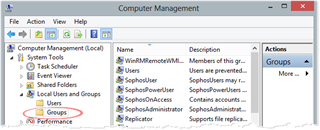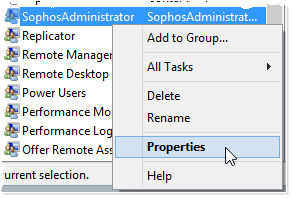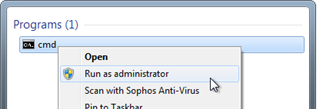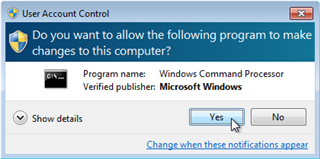So I have been trying to uninstall Sophos so that I can Upgrade to Windows 10. I get the Error 3005. I looked up how to remove it and when i check services I do not have a local group at all on my system. After going through cmd and using -net localgroup sophosadministration /add it tells me access is denied. I am the Admin on the system but when I right click on run I can not open as Administrator like it suggest. so what do I need to do?
This thread was automatically locked due to age.







